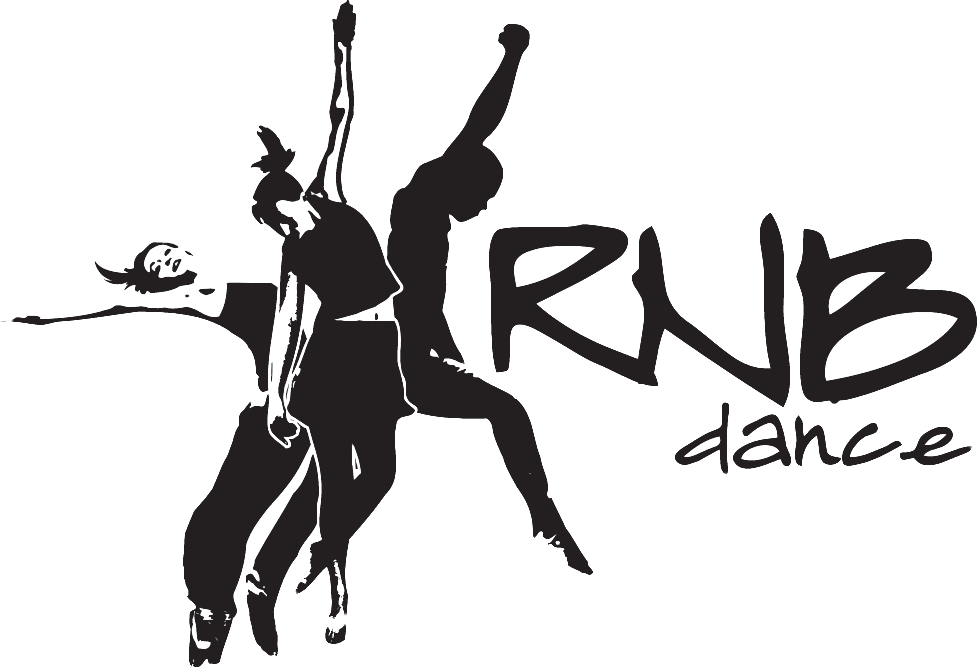ISTD MODERN & TAP
The Imperial Society of Teachers of Dancing (ISTD) is the world's leading dance examinations board. Formed in 1904 it is today a registered educational charity and is the only organization that covers the full spectrum of dance examinations on a global scale.
The ISTD's chief objective is "to educate the public in the art of dancing in all its forms". To achieve this, the ISTD works in four main ways:
to promote knowledge of dance;
to maintain and improve teaching standards;
to qualify, by examination, teachers of dancing in the ISTD's specialist; techniques taught by our 10,000 members in schools of dancing throughout the world;
to provide, through its syllabi, techniques upon which to train dancers for the profession.
Each year upwards of 250,000 people are examined, for whom we provide grade examinations and medal tests to assess their proficiency.
Any student wishing to take an exam must show their teachers that:
Set work can be demonstrated with confidence (without mistakes).
Free (unset) work can be picked up readily.
All work must be demonstrated with the appropriate technique, style and quality required.
If a student is not invited to participate in exams, the decision has been made with the best interest of the student in mind.
ROYAL ACADEMY OF DANCE - BALLET
The Royal Academy of Dance is the world's largest examining and teaching organization for classical ballet. It is based in London, England, but has over 15 000 members in 82 countries.
Royal Academy of Dance Registered Teachers have internationally recognized qualifications, and teach an examination syllabi relevant to the needs of today's students. All qualified RAD teachers must graduate from a comprehensive teacher training program, and are monitored each step of the way - throughout their training, and after they become registered - to ensure teaching standards are maintained. Royal Academy of Dance Teachers are also required to participate in ongoing professional development, to stay up to date on the most effective, safe, teaching techniques.
The RAD grade levels are often used as an accepted standard to determine a dancer's level for auditions and master classes. Institutions such as Canada's National Ballet School recognize the importance of the Royal Academy of Dance, as their teacher training program involves this certification as well.
The students' examination syllabus encompasses many grade levels, and is a progressive training program to meet the needs of both the recreational and professional dancer. The syllabus is continually assessed, to ensure the highest training standard. As well as the comprehensive classical ballet section at each grade level, students are also required to study free movement and character work within the ballet class. This ensures a very well rounded dance education, and a variety that keeps the dancers inspired!



